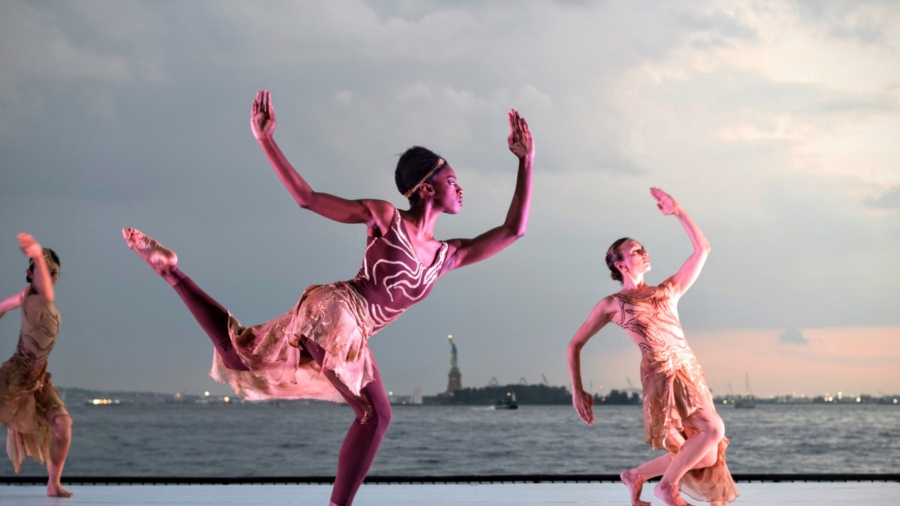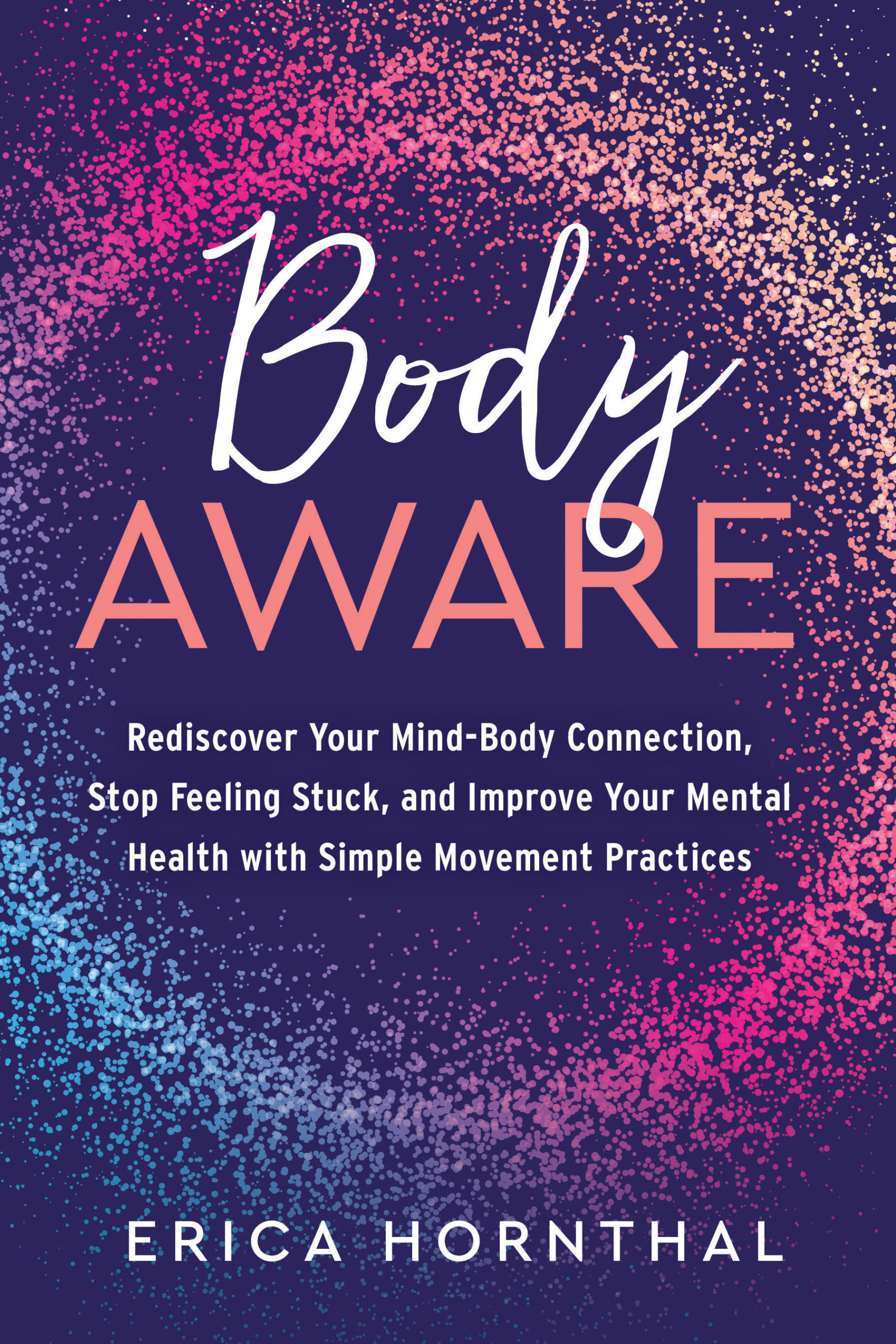by Erica Hornthal, LCPC, BC-DMT
Dance is familiar to everyone even if you don’t identify as a dancer, believe you have no coordination, or run in the other direction at the thought of dancing in public. Dance is woven into the thread of the human tapestry. It is no coincidence that when the world went under lockdown during the COVID19 pandemic, TikTok dance videos exploded. While this was and continues to be seen as entertainment, a way to combat boredom, or simply keep up with social media trends, it is actually self-regulation and emotional expression in disguise. Dance and movement, in general, is our most basic instinctual form of expression. It is the first way we learn to communicate our needs and desires.
Dance/movement has been a catalyst for healing and self-exploration as well as expression since the beginning of time. Dance can be used as communication for people who are nonverbal and ultimately as a catalyst for improved mental health and behavioral transformation. Dance as therapy is more widespread and it doesn’t take a Nobel Prize winner to see that dance has physical and emotional benefits for everyone.
As a dance/movement therapist I spend my days working with clients who are looking for deeper connection to themselves and their ingrained habits that have become unhealthy crutches for survival. Dance and movement can be a saving grace because it has the potential to retrain the nervous system, encourage self-soothing, and support “thrival” not just survival.
What is Dance/Movement Therapy?
As an established field in the United States, dance/movement therapy has been around since the late 1940’s when Marian Chace, a dancer and choreographer was asked to facilitate dance and movement for the inpatient psychiatric unit at St. Elizabeth’s Hospital in Washington, D.C. Dance/movement therapy is a relatively “new” way of treating mental health. When you consider that 90% of our communication is non-verbal it seems vital that the body be incorporated into psychological evaluations and interventions. The body must be acknowledged in the therapeutic process for people to see lasting changes and to embrace a new paradigm in mental health.
Dance/movement therapy is a psychotherapy that focuses on body language and non-verbal communication to facilitate mind-body integration and support growth within the therapeutic relationship. The benefits include, but are not limited to:
- Increased self-awareness and mindfulness
- Decreased anxiety and depressive symptoms
- Chronic pain management
- Improved self-image and identity
How does it work?
Client and therapist work together to support identity formation, somatic awareness, and emotional regulation through body-centered interventions. The body and mind work together in order to uncover healthy coping strategies. Dance/movement therapists engage in a practice known as kinesthetic empathy, an intervention that allows the therapist to somatically validate and witness the client. Dance/movement therapists do not just listen with their ears, but their entire bodies as the body becomes the notebook in which the client’s experiences are recorded. Therapists use their own body sensations as a compass guiding therapeutic interventions as well as a way to reflect what clients may be experiencing in session. The movement, which comes from the client’s own creative expression, can be very postural and gestural in nature and does not necessarily reflect a stereotypical definition of dance. Client and therapist explore what is often too deep for words by acknowledging sensations in the body and using movement to discover metaphors that support healing and transformation on a cellular level.
Why does it work?
Since movement is the most primitive instinctual form of communication and expression, it allows for a deeper level of understanding, validation and support. Molecules all over the body and brain are responsible for our emotions. When we engage the entire body in accessing and understanding those emotions, deeper healing is possible. Most importantly movement and dance activate the systems in the brain responsible for emotional regulation. When we engage the body we speak directly to our nervous system and allow regulation from the bottom-up, meaning from the body to the brain. And don’t worry. No dance experience or coordination is needed to reap the benefits.
Why is this needed now?
Research has shown that being more connected to our bodies increases empathy, authenticity, and self-awareness. The state of mental health in our world is suffering. As a society we are more stressed out, overwhelmed, overworked, unaware, and disembodied than ever before. There is a global epidemic in terms of a mind-body disconnect. We are so disconnected from our bodies that we instinctively turn to medication or other recreational substances for a quick fix or an escape rather than listening to our bodies and hearing what they need. Relearning (because we all knew how to do this when were born, but have forgotten along the way) to listen to our bodies and utilize the mind-body connection will make for a more peaceful accepting society because when we understand our own emotional landscape or its limits we gain a new perspective; opening us up to acceptance and challenging our preconceived judgments and assumptions.

ERICA HORNTHAL is a licensed clinical professional counselor, board-certified dance/movement therapist, and the CEO and founder of Chicago Dance Therapy. Since graduating with her MA in Dance/Movement Therapy and Counseling from Columbia College Chicago, Erica has worked with thousands of patients aged 3-107. Known as “The Therapist Who Moves You,” Hornthal is changing the way people see movement with regard to mental health.
On the web
Bookshelf
BODY AWARE: REDISCOVER YOUR MIND-BODY CONNECTION, STOP FEELING STUCK, AND IMPROVE YOUR MENTAL HEALTH WITH SIMPLE MOVEMENT PRACTICES BY ERICA HORNTHAL, published by North Atlantic Books, paperback (216 pages).



